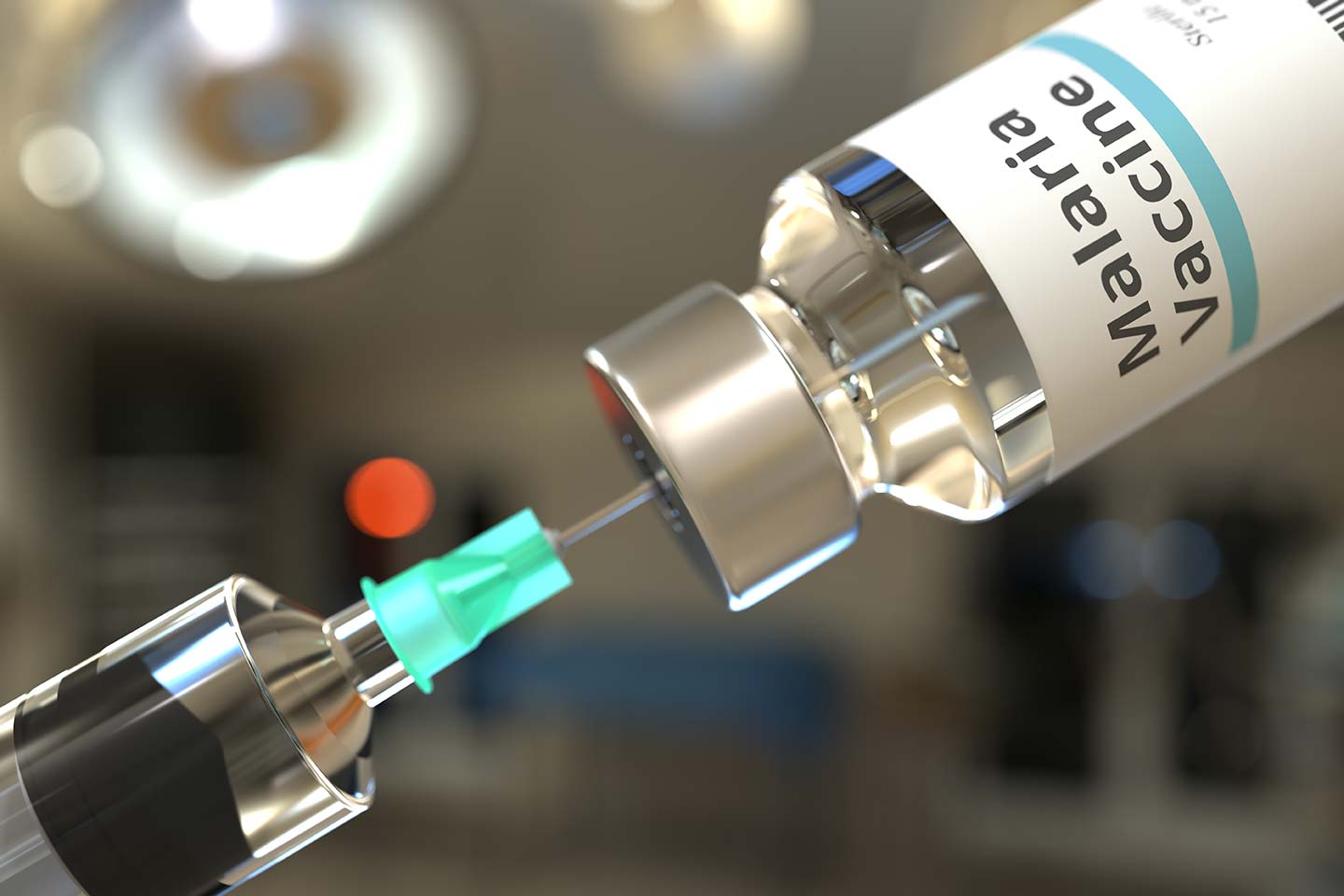By Ntombi Mhlongo
More African countries are set to approve the new Malaria shot. Already, the manufacturers have confirmed that for this year alone, about 20 million doses are available for African countries to buy.
Africa News reported that this week, Nigeria’s pharmaceutical regulatory authority has joined Ghana in supporting the new R21 vaccine, making them the first country globally to do so.
This vaccine was developed by Oxford University scientists and manufactured by the Serum Institute of India. African countries that do not have extensive resources for drug regulation have previously relied on the U.N. agency to initially review new medicines.
Read More: Argentina battles major dengue outbreak with atomic radiation
At present, there is a lack of public access to comprehensive information regarding the malaria vaccine’s outcomes in large-scale trials. Additionally, it remains uncertain how low-income countries will afford the cost of the vaccination.
However, the urgency of addressing a disease that kills more than 600,000 people annually, most of them children under age five in Africa south of the Sahara, and recent efforts to enhance drug oversight in the region, is changing the process.
The World Health Organization (WHO) stated in a high-level meeting this week that regulatory authorities from at least 10 African countries are currently examining trial data to evaluate the vaccine. It is anticipated that additional countries will approve the vaccine in the next few weeks.
Read More: Eswatini pledges E17.6 million for the fight against HIV/AIDS, Malaria
“We expect many more countries to come through. They are sovereign countries that can make their own decisions for their vaccines,” Mary Hamel, the WHO’s malaria vaccine implementation head, is said to have told the expert meeting on Tuesday.
According to Africa News, the countries that could be affected were not specifically identified by her, however, it is worth noting that Tanzania and Kenya have stringent regulatory bodies and comparatively high prevalence rates of the illness.


